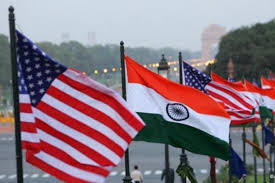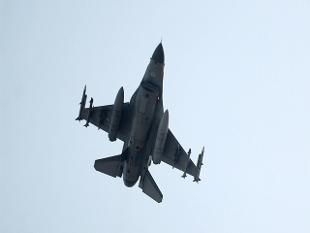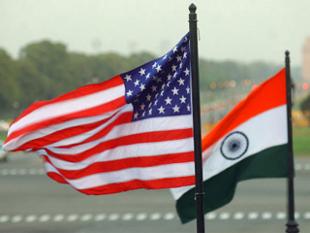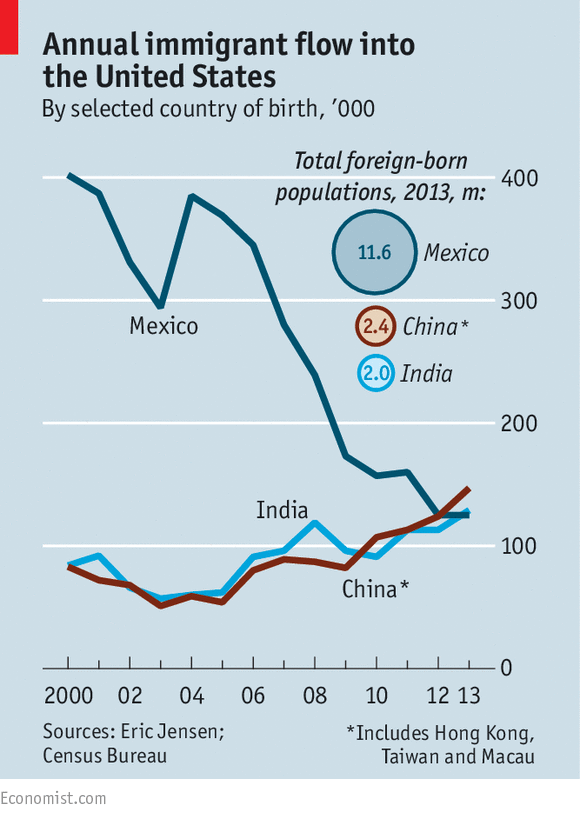Close collaboration between India and US in the years ahead can shape the 21st century with a big impact upon global peace and prosperity, according to the two countries’ envoys in each other’s capitals.
 “As US-India ties continue to blossom, the true test of our defining partnership for the 21st century will be how it benefits not just our common citizens but also the global commons,” wrote Indian ambassador Arun Singh and US ambassador Richard Verma in a rare joint article published here Monday.
“As US-India ties continue to blossom, the true test of our defining partnership for the 21st century will be how it benefits not just our common citizens but also the global commons,” wrote Indian ambassador Arun Singh and US ambassador Richard Verma in a rare joint article published here Monday.
“The fact is, we are stronger when we work together, and our close collaboration in the years ahead can have a big impact upon global peace and prosperity,” they said in an op-ed in the Huffington Post titled “India And The US Partnering To Shape The 21st Century.”
The article marking the 10-year anniversary of the landmark US-India civil nuclear deal noted how the initiative had transformed the two countries’ bilateral relationship into a strategic partnership built on mutual trust and natural affinity.
“The historic visits of Prime Minister (Narendra) Modi to the United States and President Barack Obama to India helped our relationship soar, moving us past old disagreements and paving the way forward for even more ambitious new collaborations,” Singh and Verma noted.
Since Obama’s January visit to India, the two nations “are now working on new initiatives from the outer reaches of space to the depths of the oceans,” they said.
“Our leaders’ vision of a rules-based international order where disputes between states are settled peacefully, trade flows more freely and clean energy reduces the threat of climate change offers the best promise of a more peaceful, prosperous and sustainable century than the past one.”
“Given our shared democratic values, multicultural traditions, robust people-to-people ties and convergent economic and security interests, we are natural partners, and indeed on a course to be best partners,” the two envoys wrote.
“In a world filled with complex security and economic challenges, this relationship matters more now than ever before,” Singh and Verma wrote.
“That’s why our leaders have aggressively set out to increase our defence cooperation, create greater economic opportunities for our people and work more closely on climate change,” they wrote.
“Our national interests are converging on the vital issues of the day.”
While US infrastructure and technology firms are ready to bring their expertise to Modi’s ambitious plan to build 100 smart cities by 2020, the envoys noted, Indian firms and investors are increasingly present in the US to help power America’s growth and to create jobs.
“Beyond the strategic and economic ties, our people continue to bring us closer together,” they wrote.
The Indian diaspora has not only made enormous contributions to every facet of American society, Singh and Verma noted, they are increasingly giving back to their ancestral home, as well.
“In India, Americans and Indians are working closely together to spur advances in medicine, science and technology, helping to power India’s growth and improving the lives of ordinary Indian citizens.”
India and the United States are also increasingly cooperating to meet development challenges in India and around the world, the two envoys noted.
Source: Business Standard
 NEW DELHI: The US can help India fill a key gap in its defence architecture by collaborating with it to build the planes that are needed to safeguard the country’s airspace, ambassador Richard Verma said. He also said that the two countries had taken joint action against a “high-profile hacking group” operating in India.
NEW DELHI: The US can help India fill a key gap in its defence architecture by collaborating with it to build the planes that are needed to safeguard the country’s airspace, ambassador Richard Verma said. He also said that the two countries had taken joint action against a “high-profile hacking group” operating in India.



